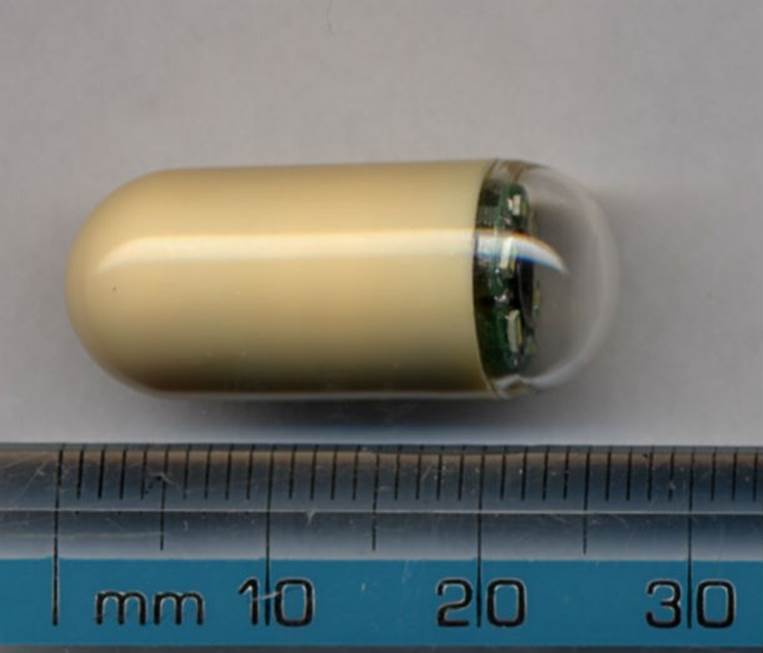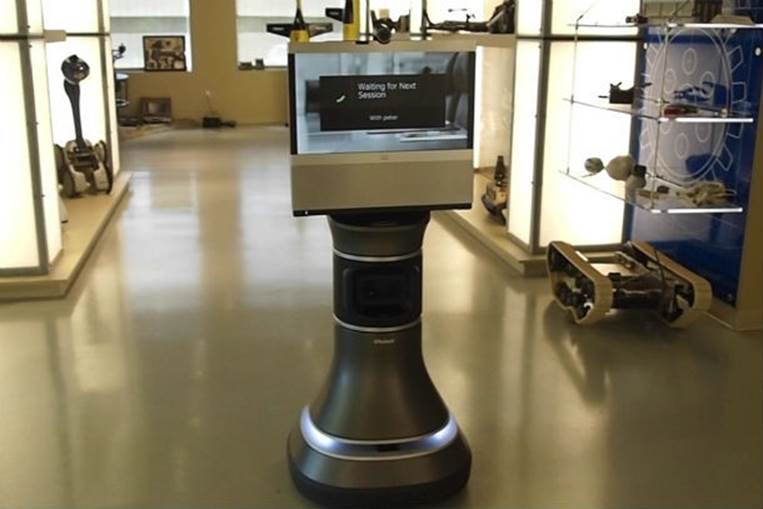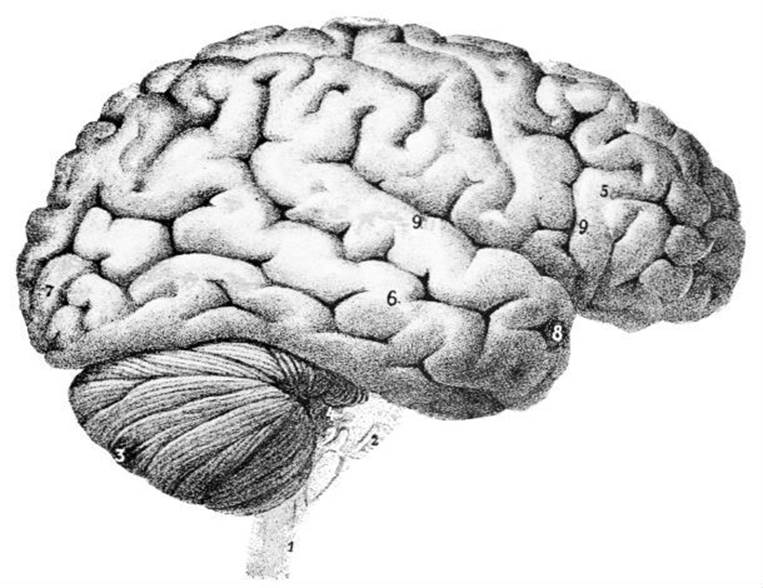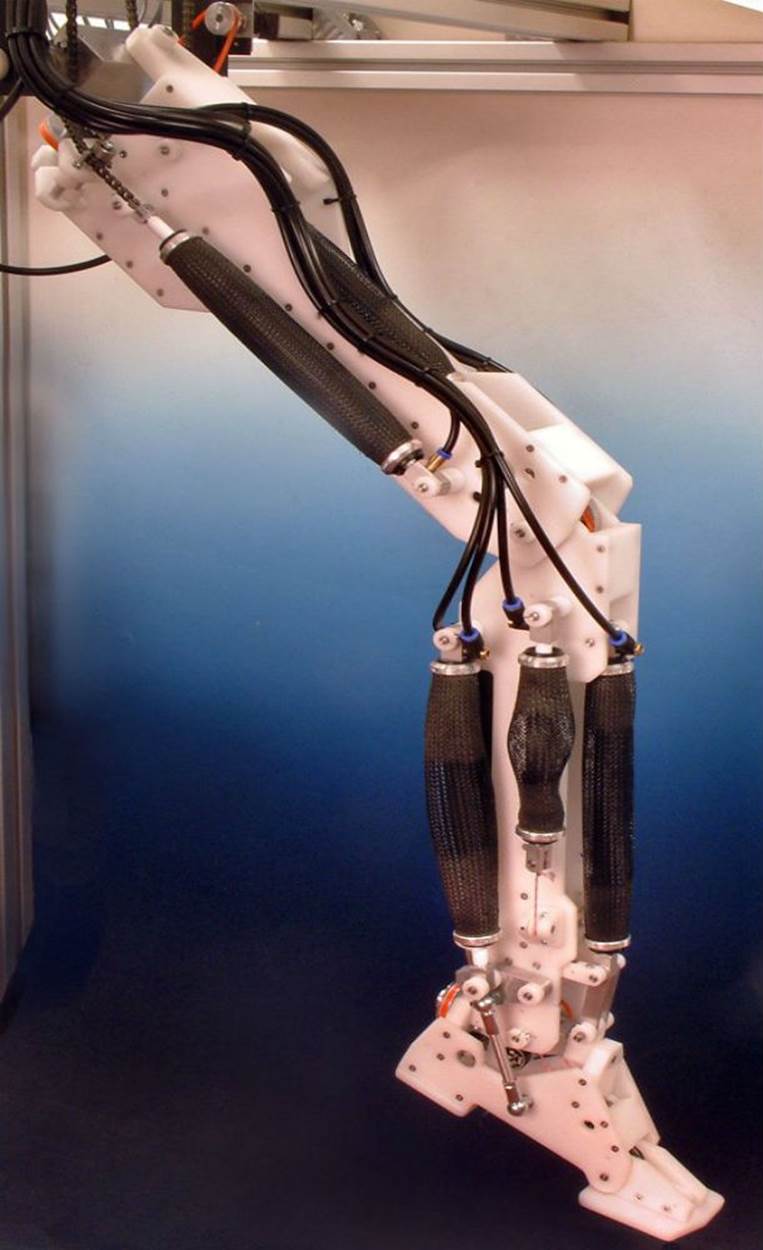SCIENCE FICTION NO IT IS MODERN SCIENCE AND TECHNOLOGY
Added on: 23rd Sep 2016
YOU CAN SWALLOW A PILL-SIZED CAMERA
INSTEAD OF INVASIVE SCOPES

Colonoscopies can be an uncomfortable procedure for
patients who may already be worried about what results
will be found. When the results are inconclusive, a
patient’s options can be limited, causing further distress.
The US Food and Drug Administration (FDA) have now
approved a device for use after an incomplete
procedure that is minimally invasive and can achieve
similar imaging results to a colonoscopy. PillCam Colon
is a pill-sized camera that is swallowed and passes
through a patient’s gastrointestinal tract.
INFORM 3-D DISPLAY ALLOWS REMOTE
MANIPULATION OF PHYSICAL OBJECTS

The inFORM Dynamic Shape Display from MIT’s Tangible
Media Group allows users to interact with data with a
minimum of physical barriers. It also allows users to
virtually reach through a display screen and manipulate
physical objects that may be thousands of miles away.
While the current version of inFORM has very limited
spatial resolution, watching it in action gives one a
strong impression of the potential of such devices.
ENGINEERS CREATE A PAPER-THIN ROBOT SKIN
THAT RESPONDS TO TOUCH

A new milestone by engineers at UC Berkeley can help
robots become more touchy-feely, literally. A research team
led by Ali Javey, associate professor of electrical
engineering and computer sciences, has created the first
user-interactive sensor network using flexible plastic.
The new electronic skin, or e-skin, responds to touch by
instantly lighting up. The more intense the pressure, the
brighter the light it emits. We can’t help but wonder if
James Cameron knew something we didn’t when he
was filming the first Terminator in the ’80’s.
SCIENTISTS CREATE MATRIX-ESQUE ARTIFICIAL WOMB

It might sound like a sick movie plot (yes, I am talking about
you Matrix) but the artificial womb exists in the real world too.
In Tokyo, researchers have developed a technique called
EUFI, extra uterine foetal incubation. They have taken
goat foetuses, threaded catheters through the large
vessels in the umbilical cord, and supplied the foetuses
with oxygenated blood while suspending them in
incubators that contain artificial amniotic fluid heated
to body temperature. Thanks to these scientists we are now
one step closer to becoming batteries for our robot masters.
HUMAN BRAIN IS HACKED

With a chilling hint of the not-so-distant future, researchers
at the Usenix Security conference have demonstrated a
zero-day vulnerability in your brain. Using a commercial
off-the-shelf brain-computer interface, the researchers
have shown that it’s possible to hack your brain, forcing
you to reveal information that you’d rather keep secret.
With an EEG (electroencephalograph) headset attached
to the scalp and software to figure out what the
neurons firing are trying to do, it watches for spikes
in brain activity when the user recognizes something
like their ATM PIN number or a child’s face.
INVISIBILITY CLOAK TECHNOLOGY TOOK A HUGE
LEAP FORWARD

The British Columbia based company HyperStealth Biotechnology
showed a functioning prototype of its new fabric to the US
and Canadian military this year. The material, called
Quantum Stealth, bends light waves around the wearer
without the use of batteries, mirrors, or cameras. It can
block the subject from being seen by visual means but
also keeps them hidden from thermal scans and infrared.
SUPERMAN’S VIEW THROUGH WALLS BECOMES REALITY

At MIT, engineers are working on a device that allows the user
to gather data on what is moving on the other side of a wall.
Called Wi-Vi, the prototype translates movement in much
the same way sonar detection does.
THE WORLD’S FIRST FULLY MIND-CONTROLLED
SYNTHETIC LEG GOES FOR A STROLL

Connected to its owner by two nerves and computer sensors,
this bionic leg works in exactly the same manner as a
human leg. With an error rate of just 1.8 percent, it’s as
close to a flawless mind-controlled limb as science has
gotten yet. Created by the Chicago Centre for Bionic
Medicine, the leg is the latest in the line of future prosthetics.

Comment on this